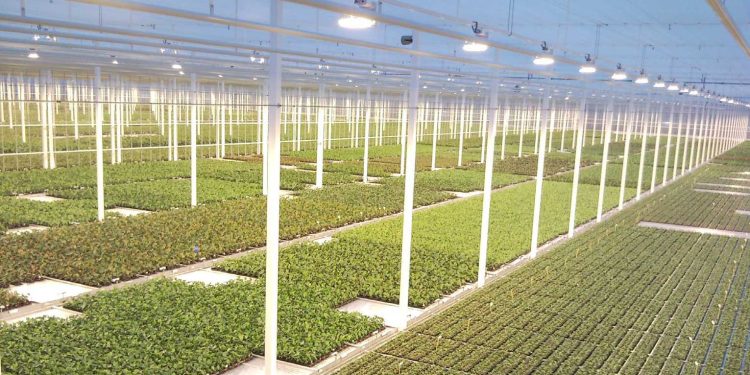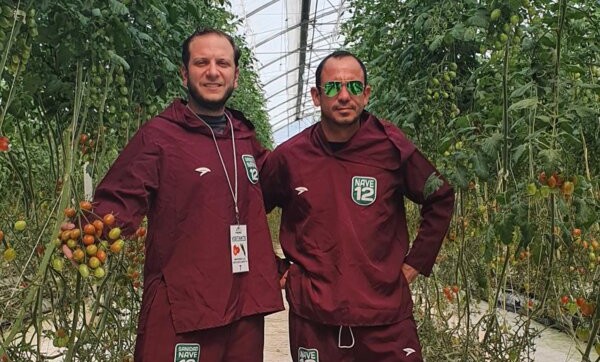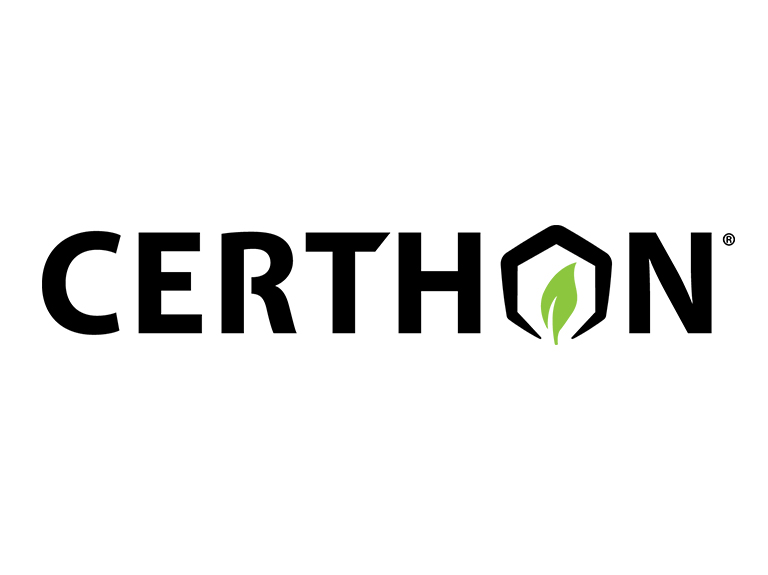#agriculture #greenhouses #horticulture #energyefficiency #LEDlighting #cropquality #yieldimprovement #studentresearch #collaboration #sustainablefarming
Discover how Dutch students’ innovative research aimed at reducing climate control costs in greenhouses is transforming the agricultural industry. By collaborating with horticultural companies, these students have successfully implemented energy-saving techniques, such as variable lighting, leading to improved crop quality, increased yield, and reduced energy consumption.
In a recent study conducted by Dutch students, their findings on energy-efficient lighting solutions have proven to be a game-changer for horticultural companies in the Netherlands. By utilizing variable lighting techniques, which mimic the natural cycle of sunrise and sunset, greenhouse operators have witnessed remarkable improvements in the growth and production of crops. Not only does this method enhance the quality and yield of flowers, but it also significantly reduces energy usage when compared to traditional high-pressure sodium lamps.
Michel van Kester, sales manager at Van Schie, one of the largest lily cultivators in the Netherlands, highlights the impact of this technology shift. He explains how the energy crisis prompted their decision to transition to LED lights, a decision further validated by the students’ research. With the ability to adjust lighting intensity, the plants thrive without stress, responding positively to the more natural lighting conditions. This collaboration between students and industry experts exemplifies the potential of harnessing scientific research for practical application.
The energy crisis experienced last year due to limited gas supplies compelled horticultural companies to seek innovative solutions to mitigate rising energy costs. The collaboration between universities and agricultural businesses has proven crucial in addressing this challenge. By swiftly implementing student research, companies were able to adapt to the circumstances and optimize their energy consumption while maintaining productivity.
The impact of this collaboration extends beyond energy savings. The ability to control lighting conditions and create optimal growth environments has helped maintain a consistent supply of crops to overseas markets. By avoiding disruptions in production and ensuring the availability of high-quality fruits, vegetables, and flowers, Dutch horticultural businesses continue to thrive even amidst challenging circumstances.
The integration of student research within the agricultural sector is revolutionizing the way Dutch greenhouses operate. The partnership between universities and horticultural companies has resulted in practical solutions that reduce energy costs while enhancing crop quality and yield. By embracing innovation and collaboration, the Dutch agricultural industry sets an inspiring example for sustainable and efficient farming practices.












